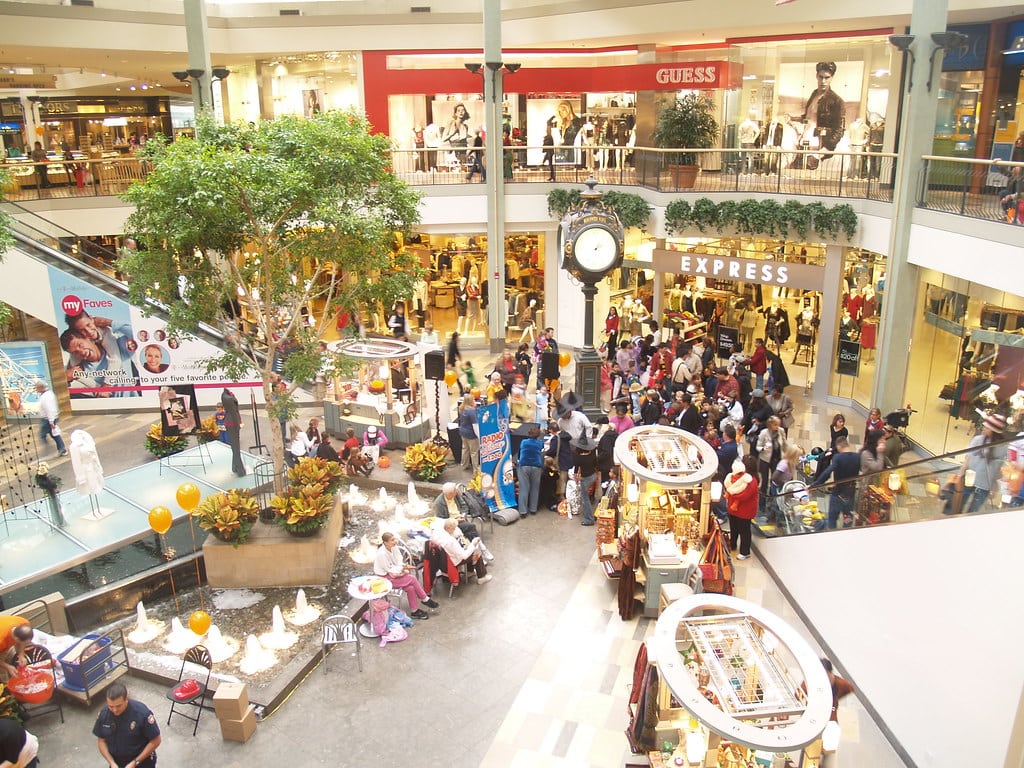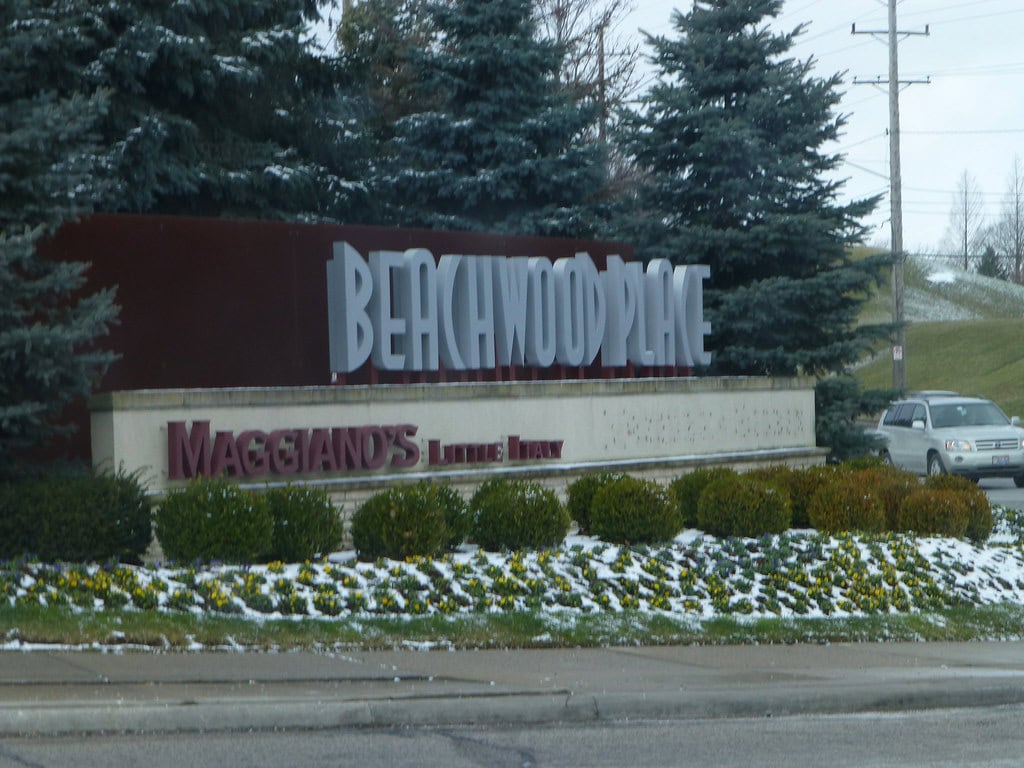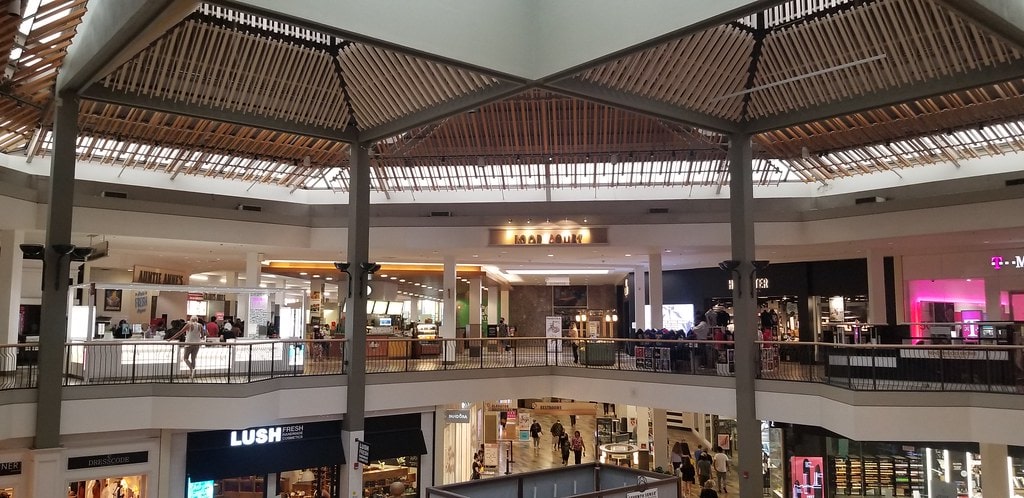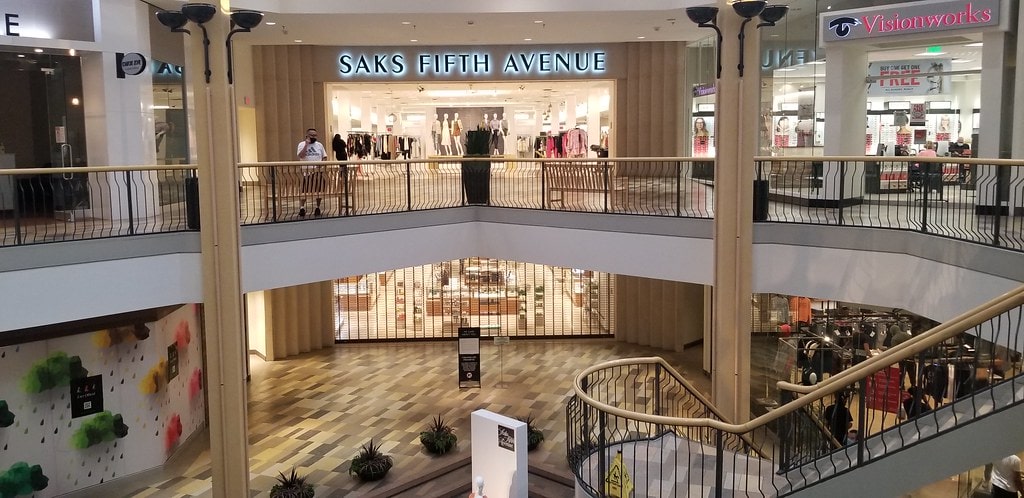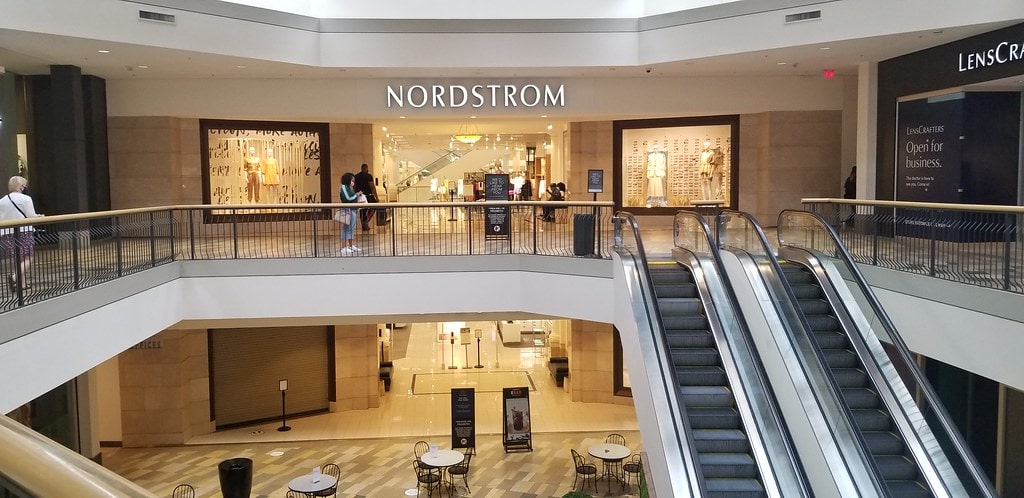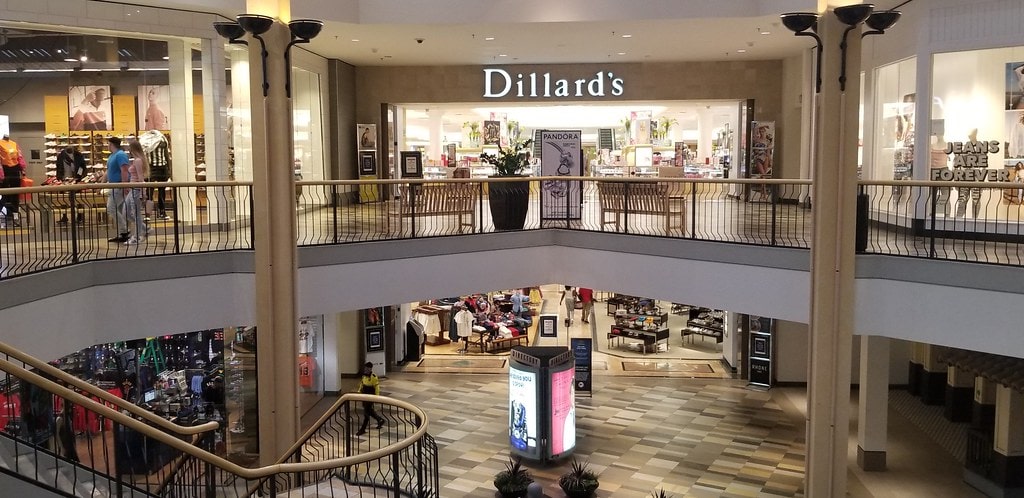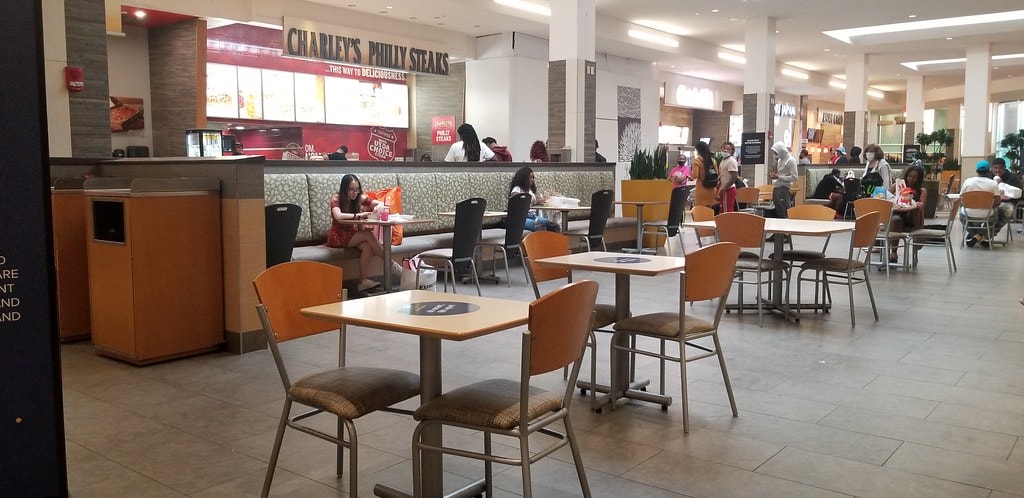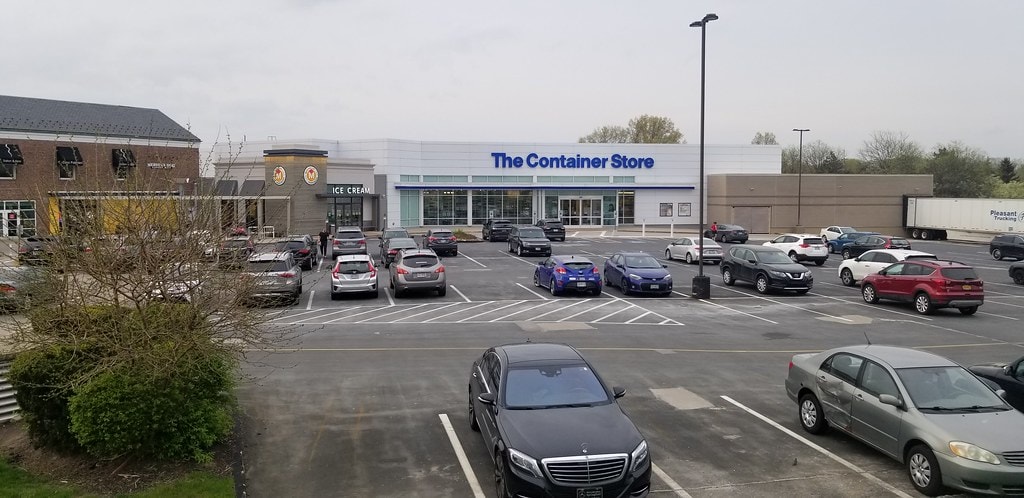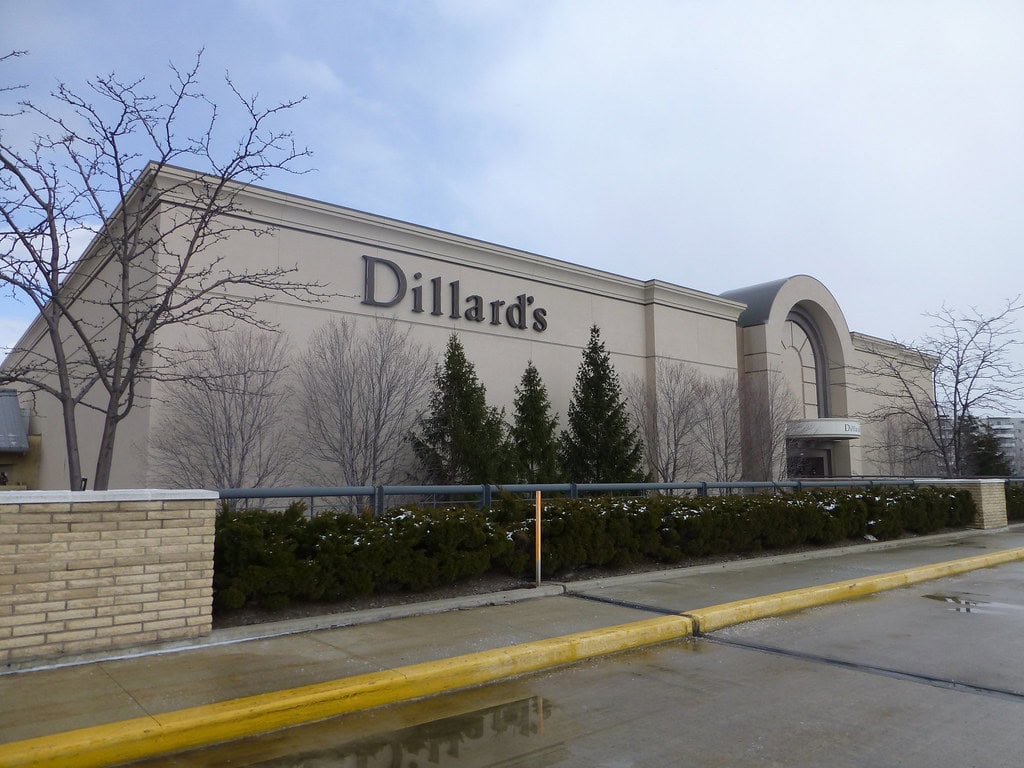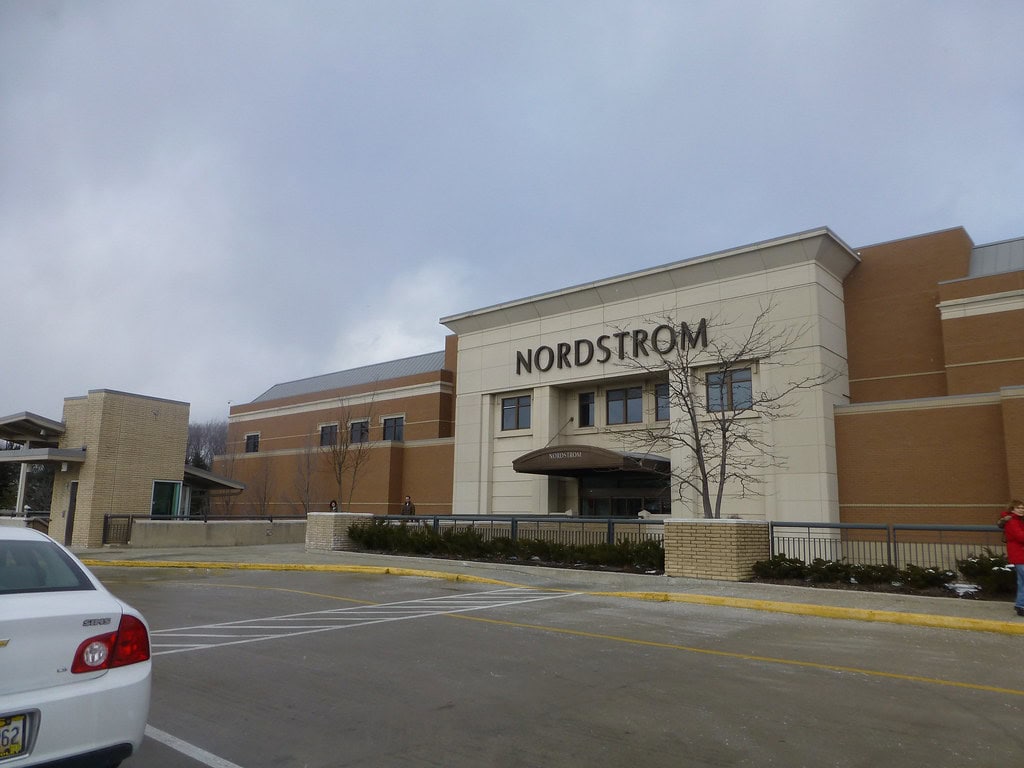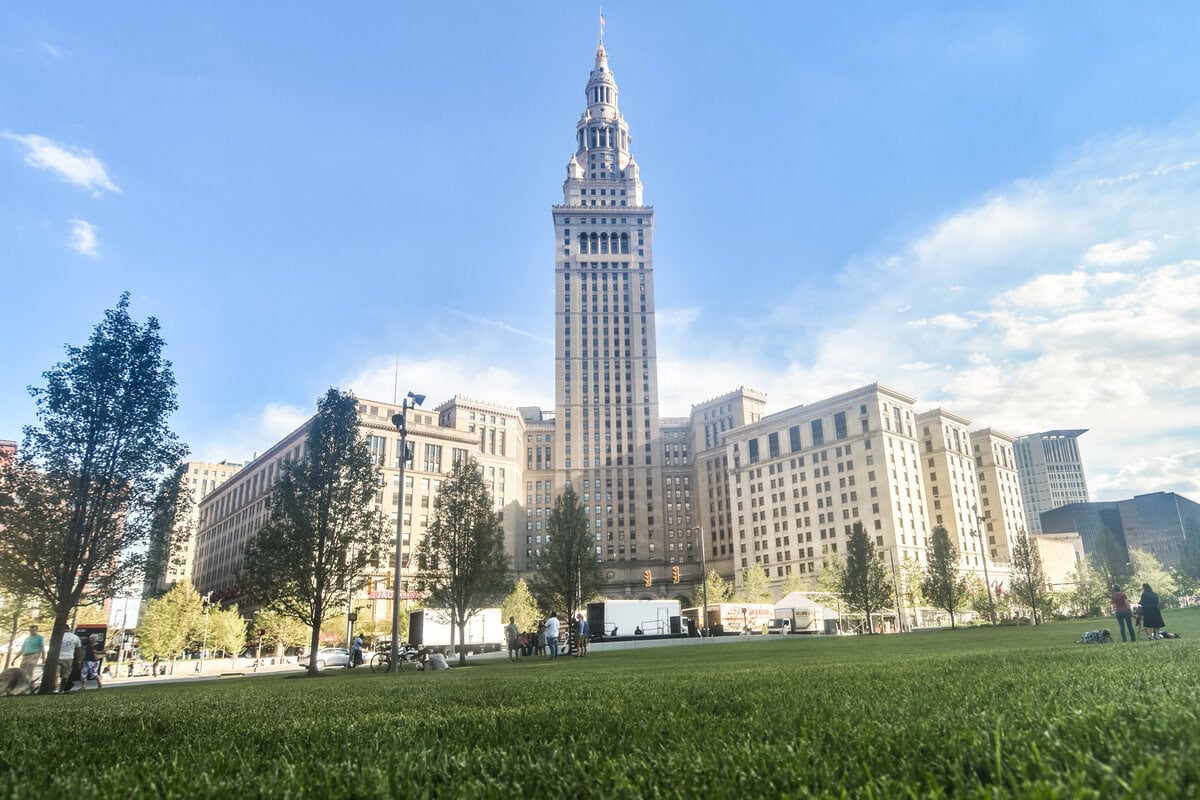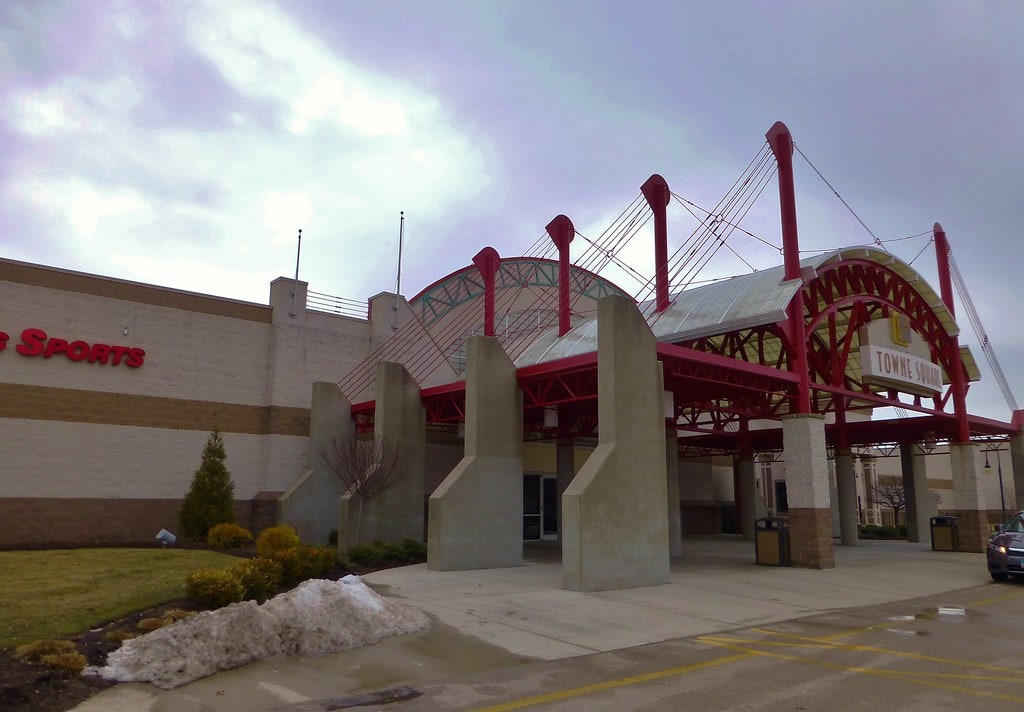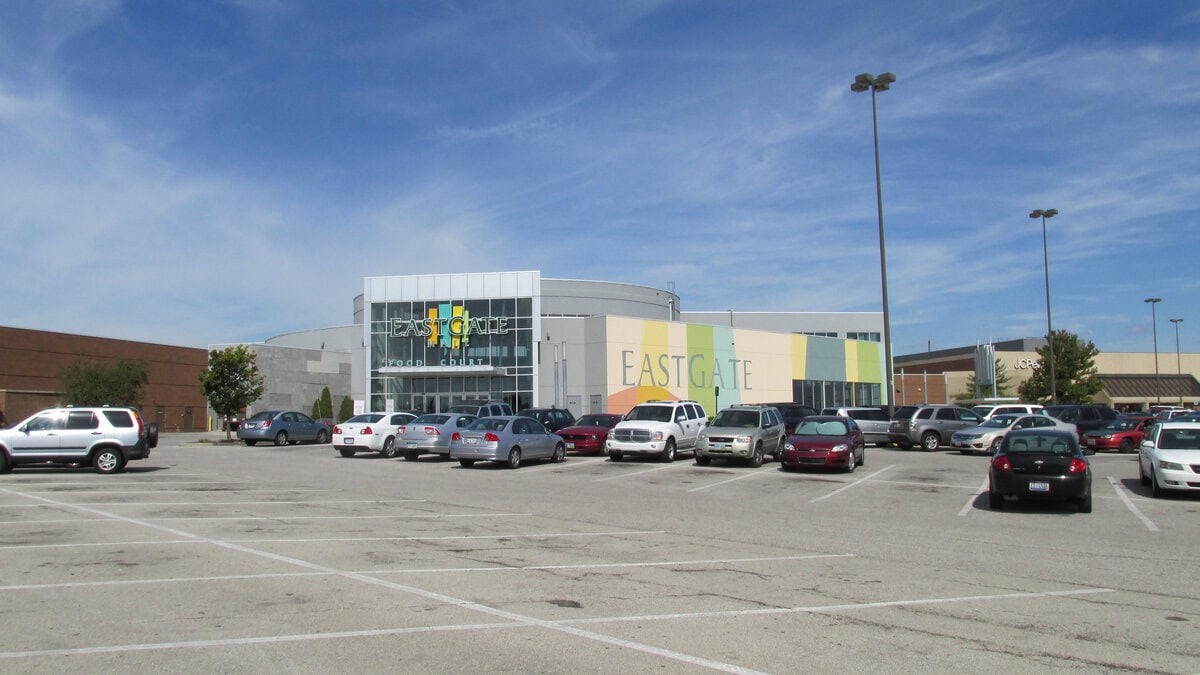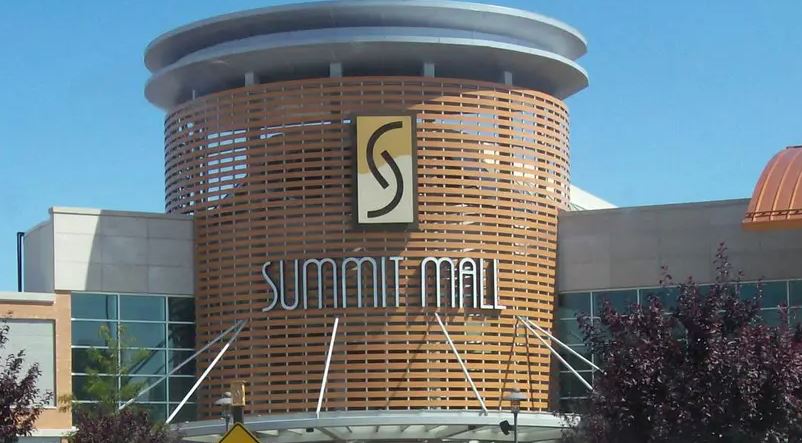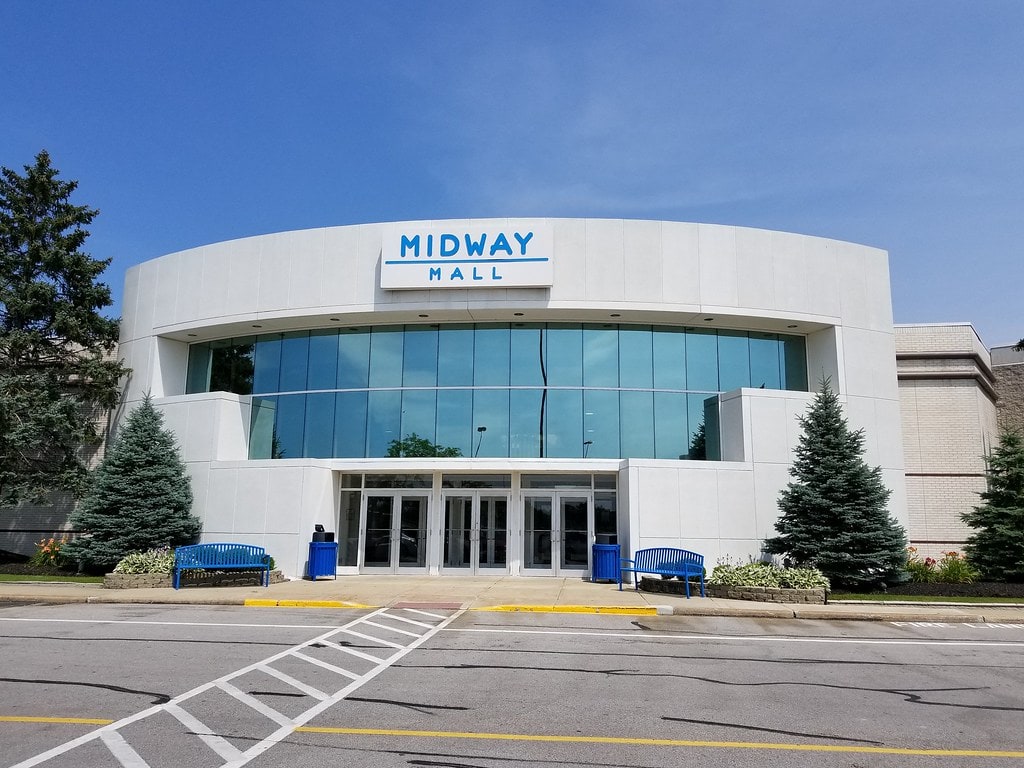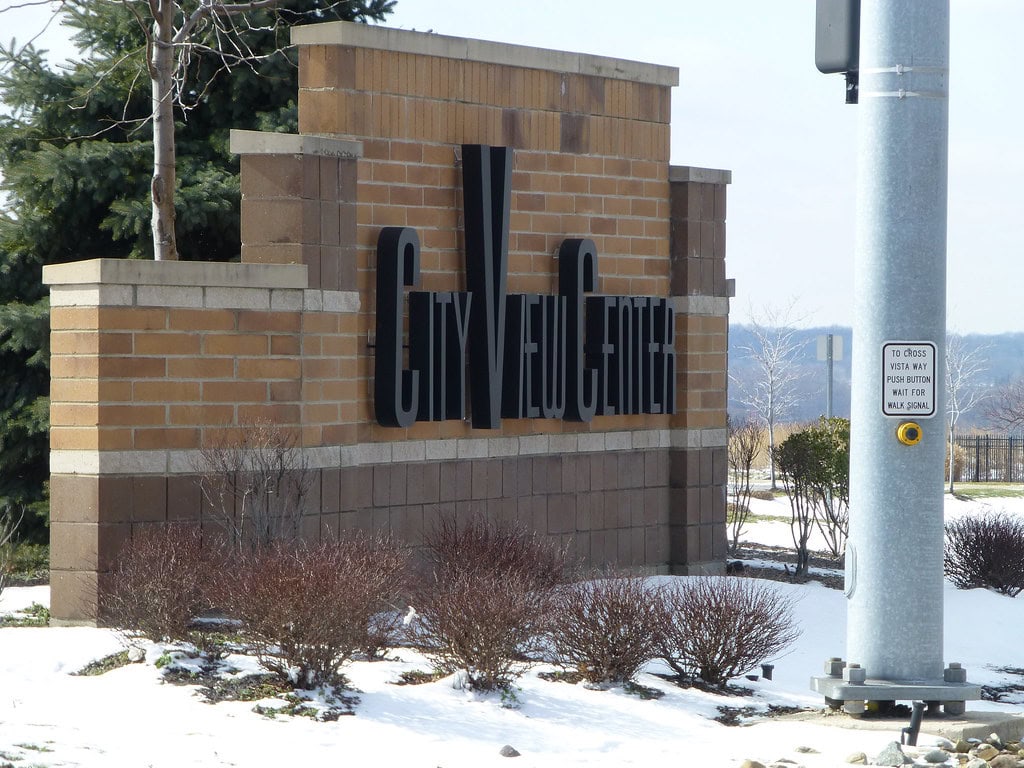Beachwood Place begins as a fashion center
Beachwood Place opened in August 1978 in Beachwood, Ohio, roughly 10 miles from downtown Cleveland.
The Rouse Company developed the enclosed shopping center after years of planning and site studies.
Construction began in August 1977, and by the following summer, the project delivered a two-level fashion mall with a polished interior and space for more than 110 specialty shops.
The interior design reflected the developer's intent to create a refined shopping space.
Winding staircases and carefully arranged sightlines encouraged browsing and movement, setting a tone that distinguished Beachwood Place from other area retail centers of the period.
Opening day sets the upscale template
The launch of Beachwood Place brought together 110 specialty stores, Higbee's, and Saks Fifth Avenue under one roof.
The Saks debut was its first in Ohio, placing the mall into the orbit of national fashion names from the start.
Higbee's carried its department store presence into the project, anchoring the other side of the concourse. Together, they created a bookend design that pulled visitors through the two levels of the mall.
Interior planning prioritized circulation as a key element of the design, with sightlines guiding attention to the focal points.
The shop mix leaned heavily toward clothing and fashion accessories, arranged to give an elevated retail experience distinct from general merchandise centers.
Competition at the time included Randall Park Mall and Severance Town Center, both of which relied on broader department store rosters.
Downtown Cleveland retailers also felt the shift as Beachwood Place attracted the households that those stores had long counted on.
By focusing on fashion and luxury brands, The Rouse Company positioned its new center as an alternative to larger, more conventional malls.
A rising center in the 1980s to the early 1990s
Throughout the 1980s, Beachwood Place remained true to its original anchors. Higbee's and Saks managed to keep a dependable flow of customers.
The specialty side of the lineup was more fluid, with national and regional chains trading places over time.
The mall's two floors provided coherence to the shop arrangement, while the enclosed format ensured comfort and repeat visits throughout every season.
Other shopping centers in the Cleveland area were beginning to weaken.
Randall Park Mall was supposed to be the crown jewel, but by the 1990s and into the 2000s, it was riddled with empty storefronts.
Severance Town Center, built in an earlier wave, turned to cut-rate tenants.
Downtown Cleveland's department stores suffered a significant decline as suburban households found comfort in the mall.
Beachwood Place stood apart, keeping its space filled and its footing solid.
By 1992, the long stretch of stability came to an end. Higbee's was converted into Dillard's after its parent company was acquired.
The change placed a new brand on a familiar anchor box and marked the first transition of its kind inside Beachwood Place, setting the scene for larger structural changes to follow later in the decade.
1992 conversion and a hard-fought expansion to 1997
The Higbee's to Dillard's conversion signaled that Beachwood Place was entering a new phase. Within months, the mall's owner, The Rouse Company, began planning for expansion.
It needed more space to attract national retailers that had been eyeing the Cleveland market.
Residents around the property pushed back, filing suits to stop construction. The dispute stretched out for years before the company cleared the way.
When the doors opened on September 18, 1997, the mall looked different. A new wing stretched from the existing concourse, lined with about 40 specialty shops.
At its end stood Nordstrom, a 215,000-square-foot store that gave the company its first full-line presence in Ohio.
The main entrance introduced an Eddie Bauer flagship, while Dillard's added an entire third floor to its building.
Saks Fifth Avenue expanded as well, securing its spot in the new configuration.
One early plan had called for removing the food court, but it was retained in the final design.
The court remained part of the enclosed mall, anchoring a property that had suddenly grown much larger and more varied than it had been since its opening.
Ownership changes and a visible remodel by 2007
In 2004, The Rouse Company was acquired by General Growth Properties, resulting in the transfer of control of Beachwood Place to a new portfolio.
With that change came the opportunity to update the mall for the next decade. A large-scale remodel followed, aimed at refreshing the common areas and entrances.
By the 2007 holiday season, the renovations were complete. Entrances were rebuilt to bring in more natural light, and landscaping was added around the property.
Inside, public spaces were updated with new finishes, brighter lighting, and an open feel.
At the main entry plaza, a 25-foot kinetic sculpture called "Imaginetic" was installed as a centerpiece.
One of the most visible changes was the relocation of the food court. It relocated from the first level to a new second-floor location, offering more seating and natural daylight.
New restaurants also joined the area near the main entrance, including McCormick & Schmick's, located across from Maggiano's Little Italy.
Around this time, H&M opened a store inside the center, adding a fast-fashion option to the mall's lineup.
New brands and a debated expansion plan, 2013 to 2015
By 2013, Beachwood Place was operating at a high occupancy rate, and its leasing team sought ways to expand the space. That same year, several new retailers joined the mall.
Microsoft opened a store alongside Kate Spade New York and See's Candies, diversifying the mix of national and specialty tenants.
January saw the owner put forward a proposal for 77,000 additional square feet.
The proposal included extending the mall between Saks Fifth Avenue and Nordstrom, as well as adding three freestanding restaurants on the perimeter.
Locals mounted opposition, using petitions to trigger a citywide referendum on the matter.
The matter was presented to the Beachwood City Council, which voted in October 2013 to amend local ordinances, allowing the project to move forward.
Even with approval, the concept was scaled back.
By 2015, the proposed expansion had been reduced to 43,000 square feet, narrowing the scope while maintaining the potential for new tenants.
Merchandising updates and public safety steps, 2016 to 2022
Zara opened at Beachwood Place in November 2016, joining a roster that had recently been expanded with the addition of H&M and Kate Spade New York.
The arrival of the Spanish fashion chain added another international name to the enclosed center, expanding the apparel options available to shoppers.
By this time, the property's anchors were also defined by scale: Dillard's occupied approximately 247,000 square feet, Nordstrom measured 215,000 square feet, and Saks Fifth Avenue held 117,000 square feet.
Together, they shaped the mall's largest spaces and framed the smaller tenants along the concourses.
During these years, management also collaborated with city officials on public safety initiatives.
In November 2022, Beachwood Police opened a dedicated field office inside the mall.
The space was located on the second floor, across from the food court, and staffed by two officers assigned to the site.
The move placed law enforcement in a permanent location within the property, building on previous patrols and providing the police with a direct presence in daily mall operations.
2024 to 2025 events on the property
The most recent years have kept Beachwood Place in the public eye through both community gatherings and police activity.
On July 10, 2024, thieves broke into Saks Fifth Avenue in the early morning hours, stealing handbags valued at nearly $200,000.
The incident became one of the largest theft cases tied to the property.
Another event followed on October 6, 2024, when police arrested a fugitive during a confrontation at the mall.
The arrest was detailed later that month, tying the shopping center once again to law enforcement activity beyond routine patrols.
In 2025, Beachwood Place also hosted community events that drew thousands.
On February 21, the mall collaborated with the Beachwood Police to host a "Coffee with a Cop" program within the center.
Then on June 1, The Gathering Place staged its Race for the Place fundraiser at the mall.
Approximately 2,700 participants joined, and nearly $340,000 was raised for cancer support services.
These events highlighted the dual role of Beachwood Place as both a retail site and a public gathering point.

